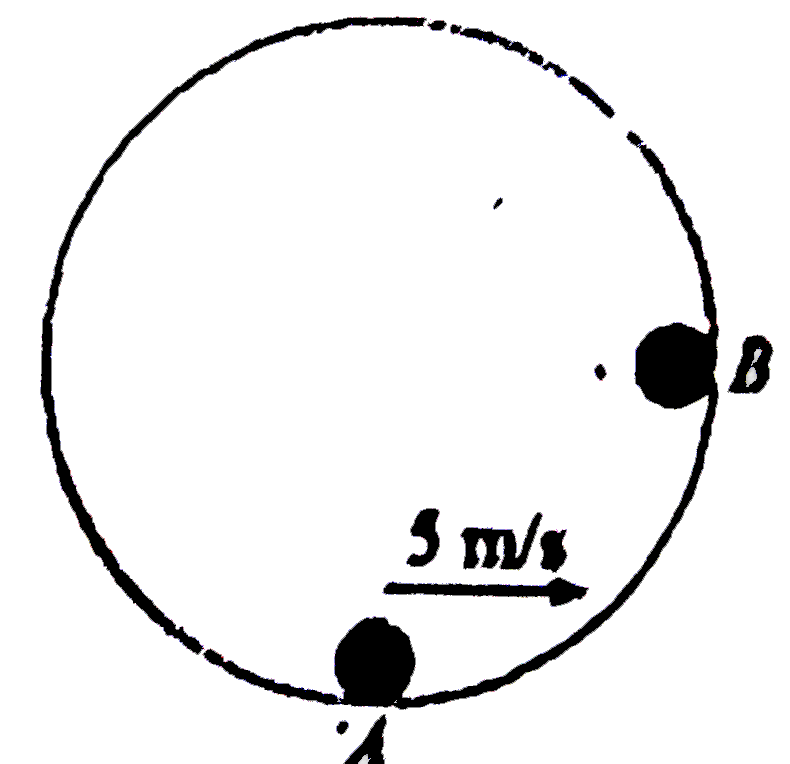Spherical balls of radius R are falling in a viscous fluid of velocity v .The retarding viscous force acting on the spherical ball is
directly proportional to R but inversely proportional v.
directly proportional to both radius R and velocity v.
inversely proportional to both radius R and velocity v.
inversely proportional to R but directly proportional to velocity v.
The correct Answer is:B
According to Stokes' law,
Viscous drag force, F=6πηRv
Topper's Solved these Questions
- BOOK - NCERT FINGERTIPSCHAPTER - MECHANICAL PROPERTIES OF FLUIDSEXERCISE - Reynolds Number4videos
MECHANICAL PROPERTIES OF FLUIDS
- BOOK - NCERT FINGERTIPSCHAPTER - MECHANICAL PROPERTIES OF FLUIDSEXERCISE - Surface Tension31videos
MECHANICAL PROPERTIES OF FLUIDS
- BOOK - NCERT FINGERTIPSCHAPTER - MECHANICAL PROPERTIES OF FLUIDSEXERCISE - Bernoulli'S Principle15videos
MECHANICAL PROPERTIES OF FLUIDS
- BOOK - NCERT FINGERTIPSCHAPTER - LAWS OF MOTIONEXERCISE - Assertion And Reason15videos
LAWS OF MOTION
- BOOK - NCERT FINGERTIPSCHAPTER - MECHANICAL PROPERTIES OF SOLIDSEXERCISE - Assertion And Reason15videos
MECHANICAL PROPERTIES OF SOLIDS
Similar Questions
Knowledge Check
- Question 1 - Select One
Spherical balls of radius R are falling in a viscous fluid of viscosity η with a velocity v. The retarding viscous force acting on the spherical ball is
Adirectly proportional to R but inversely proportional to velocity vBdirectly proportional to both radius R and velocity vCinversely proportional to both radius R and velocity vDinversely proportional to R but directly proportional to velocity v - Question 2 - Select One
Spherical balls of radius R are falling in a viscous fluid of viscosity η with a velocity v. The retarding viscous force acting on the spherical ball is
Adirectly proportional to R but inversely proportional to vBdirectly proportional to both radius R and velocity vCinversely proportional to both radius R and velocity vDinversely proportional to R but directly proportional to velocity v - Question 3 - Select One
Spherical balls of radius 'R' are falling in a viscous fluid of viscosity 'η' with a velocity 'v'. The retarding viscous force acting on the spherical ball is
Adirectly proportional to R but inversely proportional to vBdirectly proportional to both radius R and velocity vCinversely proportional to both radius R and velocity vDinversely proportional to R but directly proportional to velocity v
Two metal ball of radius R and 2 R falling through a fluid have same velocity at some point. The viscous drag acting on them at that instant are in the ratio
View SolutionWhen a sphere falling in a viscous fluid attains a terminal velocity, then
View SolutionThe viscous force acting on adjacent layers of liquid is
View SolutionThe terminal velocity of a sphere of radius R, falling in a viscous fluid, is proportional to
View SolutionA ball of mass 1 kg moves inside a smooth fixed spherical shell of radius 1 m with an initial velocity v=5m/s from the bottom. What is the total force acting on the particle at point B
 View Solution
View Solution

